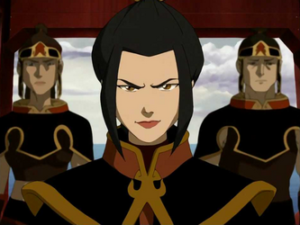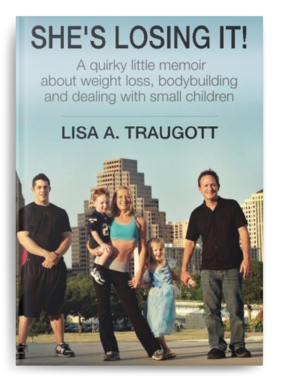3 Tips to Writing Better Villains
In celebration of Women’s History Month, let’s look at some of the best villains in historical fiction and fantasies. What what makes them so delectably evil and fun to watch?

Writing villains can be tricky. The biggest pitfall I’ve run into is making my bad guy two-dimensional, or as my daughter would say, making the villain wear a black hat while twirling his mustache. Antagonists are just as important as your protagonist and should be developed fully. When done well, the audience looks forward to whenever your baddie comes on stage (or on the page). Why? Because they have three main qualities:
- She’s a worthy opponent
- She’ll destroy anyone (including herself) to win
- She has a wound in her backstory
A good villain is a worthy opponent.
If the antagonist is stupid then your hero will not seem very heroic in comparison. You need to think at any given the moment that the villain might actually win. An example of this is Cersei Lannister from Game of Thrones based on the novels A Song of Ice and Fire by George R.R. Martin. I know, her arc in the final season went to hell in a handbasket, but let’s just pay attention to the previous seasons. As queen she is powerful and wealthy, confident and intelligent. Her dialogue is on point; witty and sharp as shrapnel. Here is a compilation of her most evil moments as played by the brilliant Lena Headey.
A villain will destroy anyone (including herself) to win.
Azula from Avatar: The Last Airbender (created by Michael Dante DiMartino and Bryan Konietzko) is a stone cold psychopath. As a child she set her teacher on fire and she only grew worse with age. She exploits her brother’s weakness and manipulates her friends to maintain control. She thrills to see people suffer. By the end of the story she is ready to destroy her whole realm, including herself rather than admit defeat.
Audiences are drawn to complex personalities. Ever wonder why true crime novels and TV shows are so popular? We want to understand what makes criminals tick. Villains often are the shadows of the protagonist. Just like your hero will wander to the ends of the Earth to retrieve whatever the quest entails, your antagonist is absolutely relentless about obtaining her goals.
A villain has a wound in her backstory.
In Dangerous Liaisons, (based on the 18th century novel by Choderios de Laclos) the Marquise Isabell de Merteuil, played by the powerhouse Glenn Close, is a woman constrained by her very narrow role as a woman in society, so she decides to seek power by learning the art of deceit. In this scene she reveals not only her reason for being a villain but how she accomplished the task of transforming herself into one.
When villains have a deep wound that motivates them it helps the audience feel sympathy, or at least understanding for why they do the evil things they do. It makes the reader wonder, if that bad thing never happened or was handled differently, could the villain actually have been good?
Who are your favorite female villains? Why do you love to hate them?
Keep writing!
Lisa 😉
Here’s my story. (Available on Amazon.)

Copyright (c) Lisa Traugott 2022. All rights reserved.